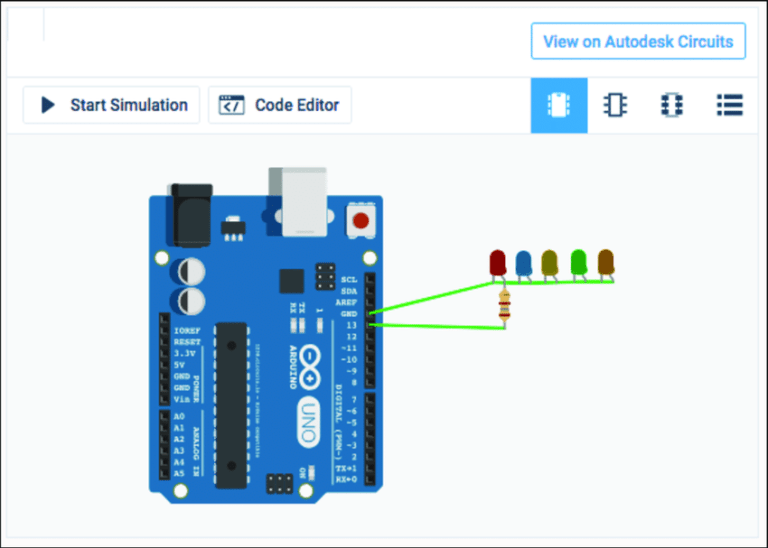

- #How to use arduino simulator generator
- #How to use arduino simulator code
This example also shows one easy way to define multiple.
However, each of the libraries separately are working correctly (I've tested them successfully with the library examples), but as soon as I fire the FastLED. I currently have four light patterns and want to add more. Multi-platform library for controlling dozens of different types of LEDs along with optimized math, effect, and noise functions. h Generated on Wed 15:56:52 for FastLED by 1. In the tests I’ve run I would estimate that FastLED is about 15% faster than NeoPixel. 
In the Library Manager window, type FastLED in the search box. All the files and details can be found on this website to create your own. These buttons and sliders should be set to send values to Virtual Pins V0-V5. In the video after the break, you can see how multiple colored beams of light exit the housing at once, projecting patterns on the opposite wall. // This example also shows one easy way to define multiple // animations patterns and have them automatically rotate.
#How to use arduino simulator code
Arduino code for creating a realistic candle flicker using 8-neopixels, and the FastLED Library.
#include Include Library > Manage Library in the Arduino IDE men. These LED strips are popular in Arduino projects because they only require one GPIO output pin to control, handle PWM output of the RGB state automatically, and offer a relatively easy way to address individual pixels in the strip. (most) WLED patterns are based on FastLED, and I found some links on the Pixelblaze forum discussing porting patterns between Pixelblaze and FastLED, in case they’re useful: Attempt at Pixelblaze to FastLED. The interface I have from my phone to the Teensy was made using App Inventor. // -Mark Kriegsman Creating this pattern is so much fun and easy. Conceptually these are similar to fastLED APIs, and might help port patterns. This website is Open Source, please help improve it by submitting a change on GitHub: The colours are a transition r - g - b - back to r. I’ve seen so many great animation patterns here. Open the IDE and click to the Sketch menu and then Include Library > Manage Libraries. How many leds in your strip? // Now go in the other direction. We divide the power (45) by the length 5 and get 9 W/m. Section 2 - Programming - This section explains the step-by-step process for programming and testing the Tech-Box. Then, we divide this number by the LED density (30) and get 0. FastLED projects on the Arduino platform in 2021. Now, to send that data to the strip and show the result, you add FastLED. Other Things to TryĮxperiment with other blocks in the Arduino block library.Fastled patterns h (967 Bytes) structs. 
The LED should blink one time every second.Ī pre-configured model is included for your convenience. The Simulink model will now be deployed to the connected Arduino hardware.Ħ. On the Hardware tab of the Simulink model, in the Mode section, select Run on board and then click Build, Deploy & Start. Select the Hardware Implementation pane and select your required Arduino hardware from the Hardware board parameter list. In your Simulink model, click Simulation > Model Configuration Parameters to open Configuration Parameters dialog.ģ. Connect the Arduino board to your computer with a USB cable.Ģ. In this task, you will configure and run your model on the supported Arduino board.ġ. Task 4 - Configure and Run the Model on Supported Arduino Hardware
#How to use arduino simulator generator
Connect the Pulse Generator block to the Digital Output block. Drag the Digital Output block to the model.

Set the Pulse type to parameter to Sample based and set the Sample time parameter to 0.1 second.Ĥ. Drag the Pulse Generator block from the Simulink Sources library to your model.ģ. In MATLAB, select Home > New > Simulink Model.Ģ. In this task, you will create a simple Simulink model that changes the state of the Arduino digital output pin.ġ. Task 3 - Create Simulink Model for Arduino Hardware








 0 kommentar(er)
0 kommentar(er)
